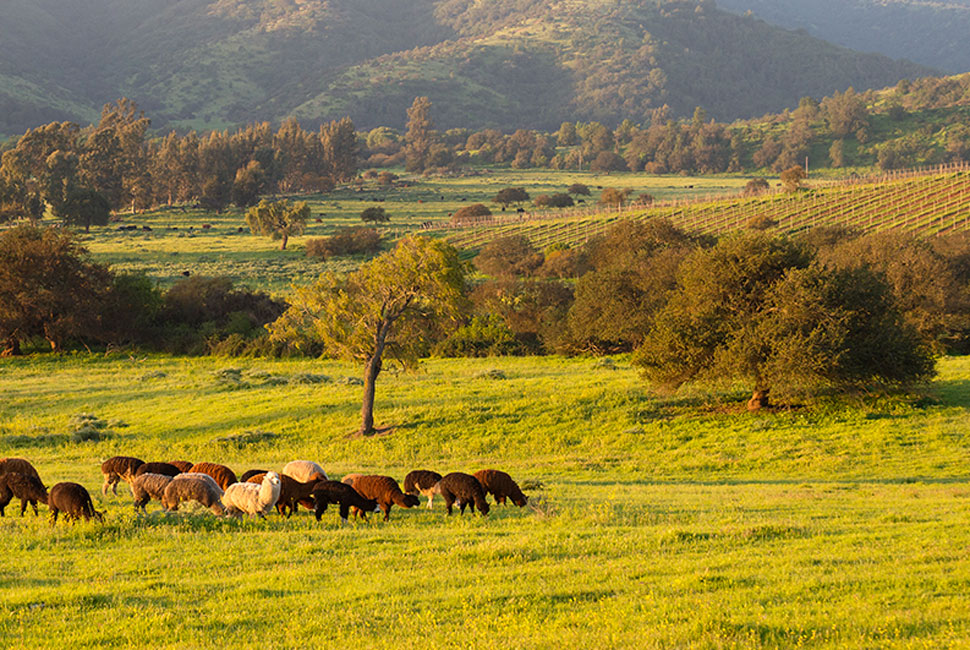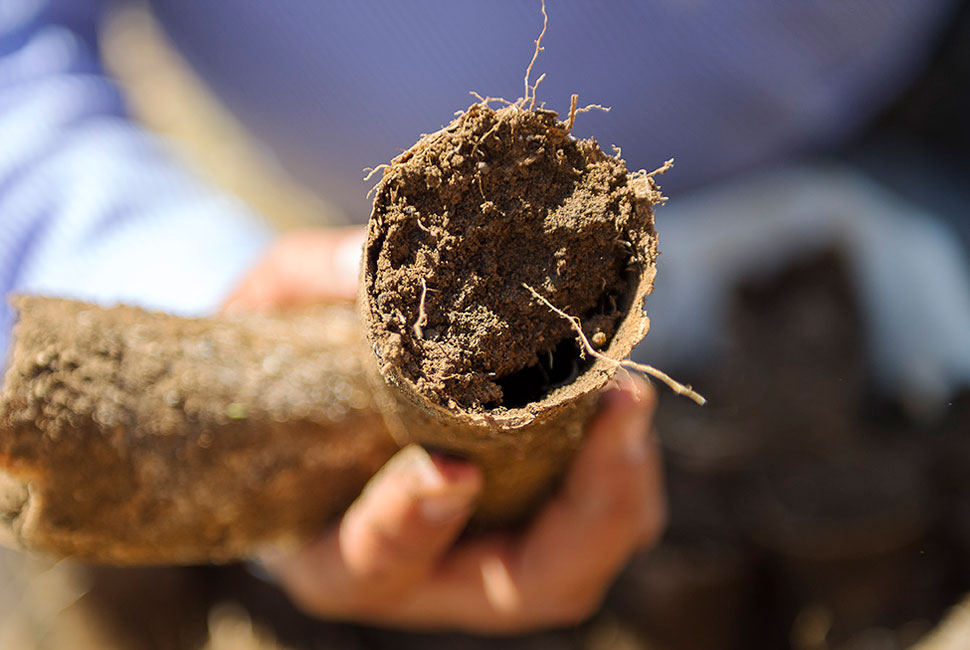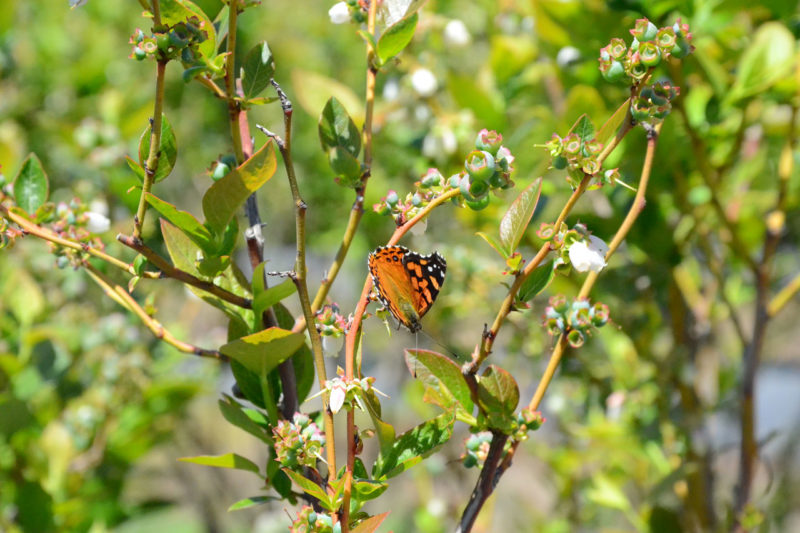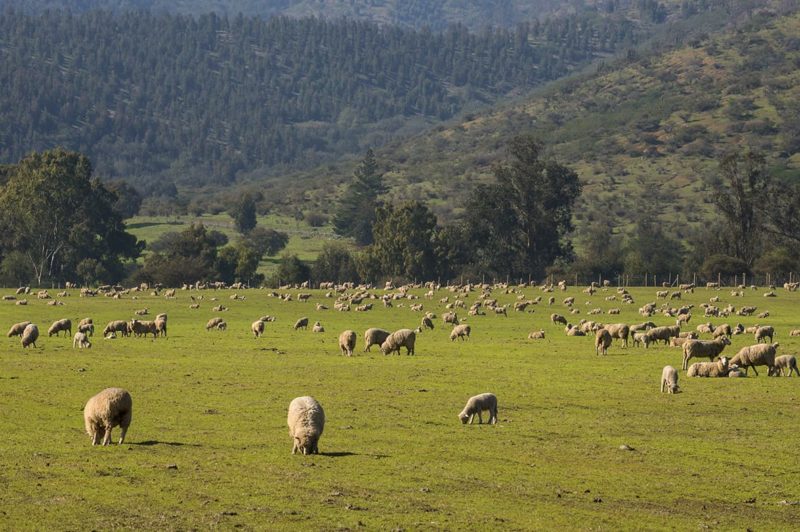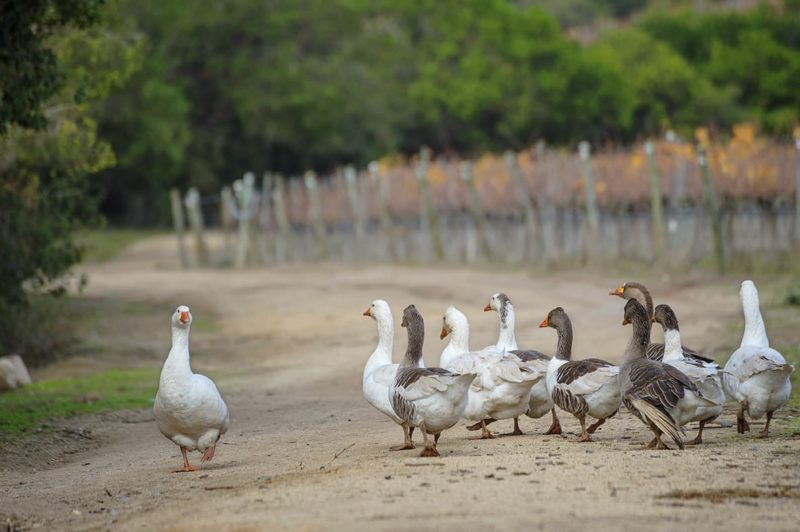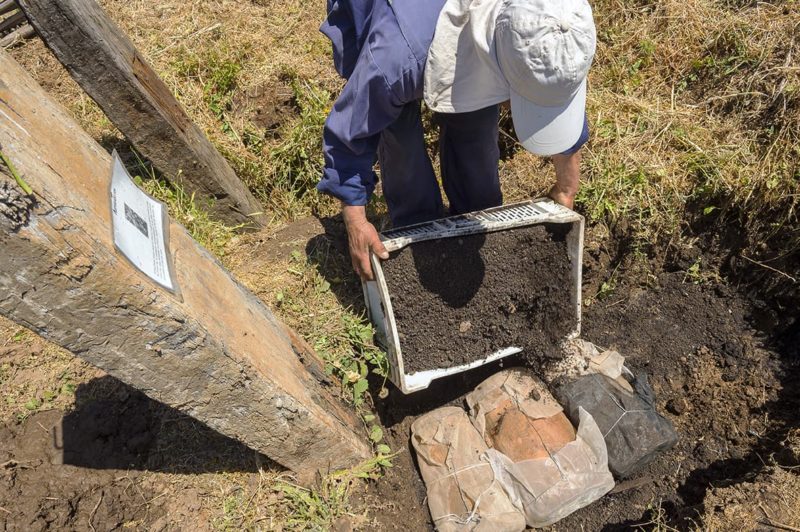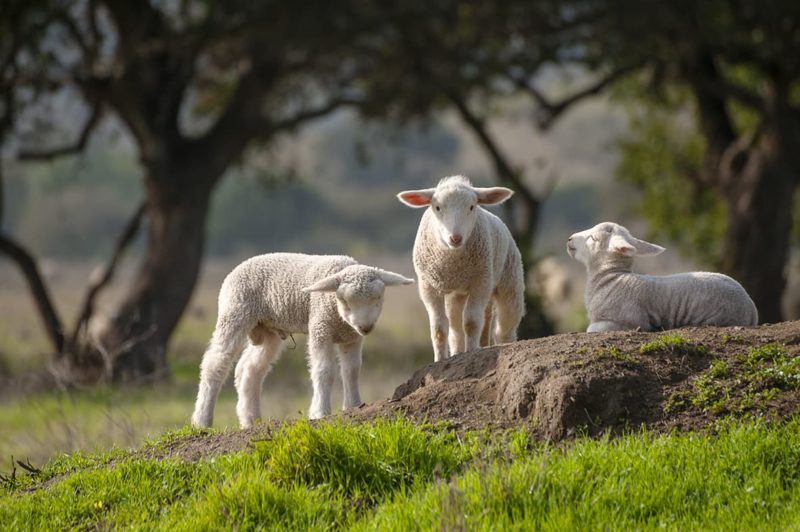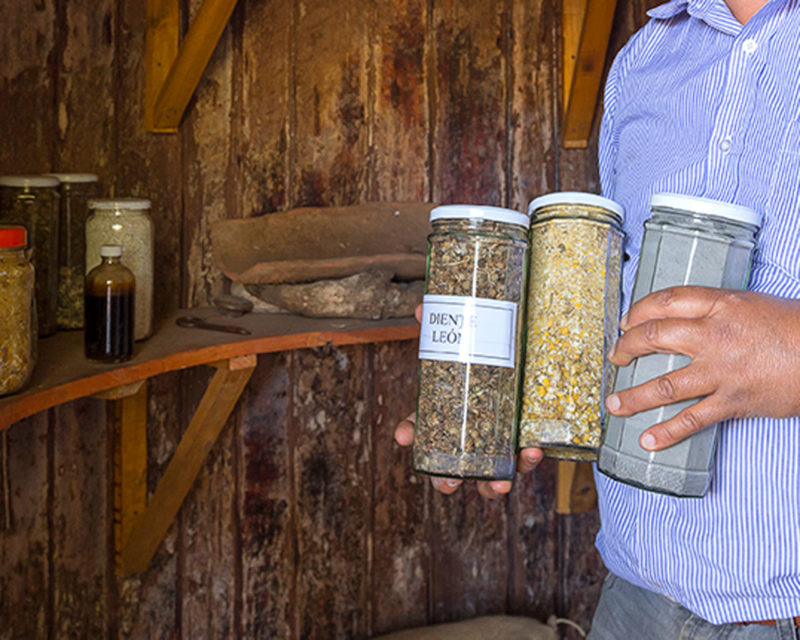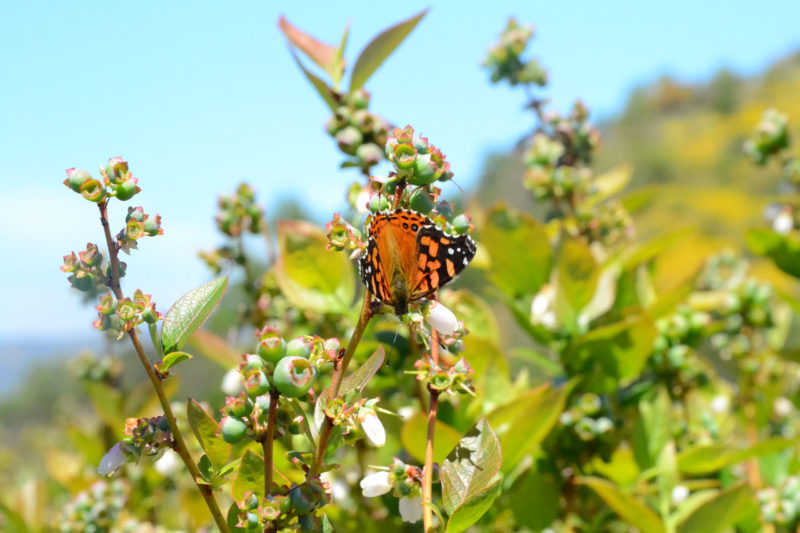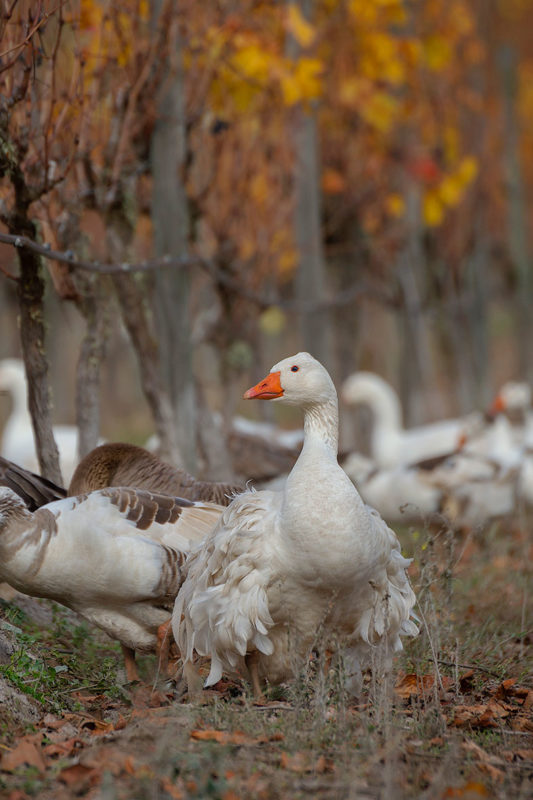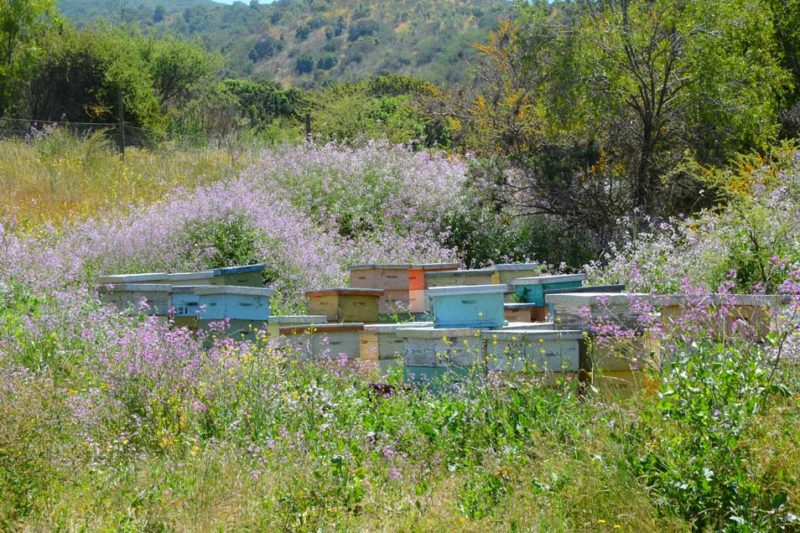On the other hand, it proposes certain elements to safeguard the land’s reproductive system, achieving a harmonious balance in nature that takes into consideration all the elements involved in agriculture, from the land, irrigation, animals, and even the very farmers and their environment. Some of these elements are: triggering fertility by natural means; a less dependent system of external factors, such as fertilizers; taking care of the human environment surrounding the resources; training the farmers and their families.
Finally, it includes a series of homeopathic products made with the same elements of the agricultural system that replicate fertilization and composting. Thanks to these practices, the foods grown provide more strength and vitality, and they present a large variety of nutrients and no chemical residue.
